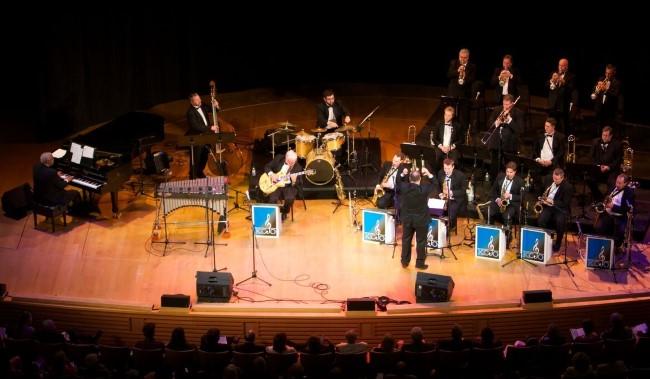
Hits such as " One O'Clock Jump" and "Jumpin' at the Woodside" (from 19, respectively) helped to gain the band, now known as the Count Basie Orchestra, national and international fame. Billie Holiday also sang with the band during this period, although she never recorded with them for contractual reasons. In March 1937 the guitarist Freddie Green arrived, replacing Claude Williams and completing what became one of the most respected rhythm sections in big band history. Trumpeters Ed Lewis and Bobby Moore replaced Keyes and Smith, and Earle Warren replaced the alto saxophonist Coughey Roberts. New York City įollowing the first recording session, the band's line up was reshuffled, with some of players being replaced on the request of Hammond as part of a strengthening of the band. This was a fresh big band sound for New York, contrasting the complex jazz writing of Duke Ellington and Sy Oliver and highlighting the difference in styles that had emerged between the east and west coasts. The band, which now included Buck Clayton on trumpet and the famous blues "shouter" Jimmy Rushing, demonstrated this style in their first recordings with the Decca label in January 1937: in pieces such as "Roseland Shuffle", the soloists are at the foreground, with the ensemble effects and riffs playing a strictly functional backing role. Basie agreed, hoping that with this new band, he could retain the freedom and spirit of the Kansas City style of his nine-piece group. He also offered to transfer the group to New York City in order to play at venues such as the Roseland Ballroom. When music critic and record producer John Hammond heard the band on a 1936 radio broadcast, he sought them out and offered Basie the chance to expand the group to the standard 13-piece big band line-up.

The group's first venue was the Reno Club in Kansas City, later moving to the Grand Terrace in Chicago. With this band, then named The Barons of Rhythm, Basie brought the sound of the famous and highly competitive Kansas City " jam session" to club audiences, coupling extended improvised solos with riff-based accompaniments from the band. This nine-piece group was known for its legendary soloists including, Joe Keyes and Oran 'Hot Lips' Page on trumpet, Buster Smith and Earle Warren on alto saxophone, Lester Young on tenor saxophone, Dan Minor on trombone, and a rhythm section made up of Jo Jones on drums, Walter Page on bass and Basie on piano. Upon Moten's death in 1935, Basie left the group to start his own band, taking many of his colleagues from the Moten band with him. After playing with Walter Page's Blue Devils, in 1929 he joined rival band leader Bennie Moten's band. Its recordings of this era included collaborations with singers such as Frank Sinatra and Ella Fitzgerald.Ĭount Basie arrived in Kansas City, Missouri in 1927, playing on the Theater Owners Booking Association (TOBA) circuit. Originally including such musicians as Buck Clayton and Lester Young in the line-up, the band in the 1950s and 1960s made use of the work of the arranger Neal Hefti and featured musicians such as Thad Jones and Eddie "Lockjaw" Davis. It continues under the direction of trumpeter Scotty Barnhart.

Despite a brief disbandment at the beginning of the 1950s, the band survived long past the Big Band era itself and the death of Basie in 1984. The Count Basie Orchestra is a 16 to 18 piece big band, one of the most prominent jazz performing groups of the swing era, founded by Count Basie in 1935 and recording regularly from 1936.


 0 kommentar(er)
0 kommentar(er)
